Verdic:有瑕疵的高端智能手机
努比亚 Z70S Ultra 将复古经典的相机设计风格与现代技术相结合。做工质量上乘,但背面的人造革看起来比较朴素。滑动开关和两段式相机按键等实用控制按钮突出了对摄影的关注。Z70S Ultra 还具有符合 IP68/IP69 标准的防水和防尘保护。
相机功能令人印象深刻。带有光学防抖功能的大型全向视觉传感器即使在光线不足的情况下也能拍摄出优质照片。超广角镜头和变焦镜头的质量也相当不错,视频录制分辨率最高可达 8K。显示屏下方的前置摄像头依然不显眼,但成像质量一般。
该软件基于Android 15,提供三年更新,但努比亚对其更新政策仍含糊其辞。Z70S Ultra 采用骁龙 8 Elite SoC,可确保高性能。
这款智能手机在日常使用中运行流畅,但在连续负载情况下性能会下降,原因是发热量较高,智能手机表面的发热量也很明显。不支持无线充电和 eSIM 等功能。
Pros
Cons
价格和供应情况
努比亚 Z70S Ultra 可直接从Nubia Europe 购买。但也可从德国亚马逊网站购买。
努比亚 Z70S Ultra 是在 Z70 Ultra 的基础上稍作改进后的新产品。 Z70 Ultra.Z70S Ultra 不仅采用了全新的设计,电池容量也大大增加。
主摄像头的传感器从原来 Z70 Ultra 的 1/1.56 英寸增大到了 1/1.13 英寸,并改进了图像防抖功能。
努比亚 Z70S Ultra 规格
制造质量和功能:复古设计,配备专用拍照按钮和滑块
努比亚 Z70S Ultra 采用复古设计,让人联想起经典相机。尤其是黑色机型,与选配的相机套件相结合,让人不禁联想到某位德国摄影专家。
这款智能手机的做工令人赏心悦目。背面的人造革外观感觉有点廉价,但由于表面纹理的缘故,触感舒适。
滑动开关默认打开相机,有游戏空间、录音机和台灯三种设置可供选择,不过滑动开关也可用作经典的静音开关。对面还有一个专门的两段式摄像头按钮。
这款智能手机的防水和防尘性能符合 IP68 和 IP69 标准。
» Notebookcheck多媒体笔记本电脑Top 10排名
» Notebookcheck游戏笔记本电脑Top 10排名
» Notebookcheck低价办公/商务笔记本电脑Top 10排名
» Notebookcheck高端办公/商务笔记本电脑Top 10排名
» Notebookcheck工作站笔记本电脑Top 10排名
» Notebookcheck亚笔记本电脑Top 10排名
» Notebookcheck超级本产品Top 10排名
» Notebookcheck变形本产品Top 10排名
» Notebookcheck平板电脑Top 10排名
» Notebookcheck智能手机Top 10排名
» Notebookcheck评测过最出色的笔记本电脑屏幕
» Notebookcheck售价500欧元以下笔记本电脑Top 10排名
» Notebookcheck售价300欧元以下笔记本电脑Top 10排名
通信和操作:广泛支持 5G sub-6,但仍未支持 eSIM
努比亚 Z70S Ultra 提供具有三频连接功能的现代 Wi-Fi 7,这意味着它还可以使用 6 GHz WLAN。与华硕 ROG Rapture GT-AXE11000 参考路由器配合使用,传输速率既快又稳定。
Z70S Ultra 还支持当前所有的移动通信标准,包括频率范围广泛的 5G sub-6。板载双 nano-SIM,但没有 eSIM 选项。电话功能在贴耳使用时效果不错,但在嘈杂环境中,噪音抑制功能很早就达到了极限。
在生物识别安全方面,Z70S Ultra 的显示屏下集成了一个光学指纹传感器,识别率很高,可以快速解锁。此外,也可以通过前置摄像头进行面部识别,但在黑暗环境中并不可靠。线性振动电机则以其清晰的反馈给人留下了深刻印象。
| Networking | |
| Nubia Z70S Ultra | |
| iperf3 transmit AXE11000 | |
| iperf3 receive AXE11000 | |
| iperf3 transmit AXE11000 6GHz | |
| iperf3 receive AXE11000 6GHz | |
| Google Pixel 9 Pro XL | |
| iperf3 transmit AXE11000 | |
| iperf3 receive AXE11000 | |
| iperf3 transmit AXE11000 6GHz | |
| iperf3 receive AXE11000 6GHz | |
| Samsung Galaxy S25+ | |
| iperf3 transmit AXE11000 | |
| iperf3 receive AXE11000 | |
| iperf3 transmit AXE11000 6GHz | |
| iperf3 receive AXE11000 6GHz | |
| Honor Magic7 Pro | |
| iperf3 transmit AXE11000 | |
| iperf3 receive AXE11000 | |
| iperf3 transmit AXE11000 6GHz | |
| iperf3 receive AXE11000 6GHz | |
| Average 802.11 a/b/g/n/ac/ax/be | |
| iperf3 transmit AXE11000 | |
| iperf3 receive AXE11000 | |
| iperf3 transmit AXE11000 6GHz | |
| iperf3 receive AXE11000 6GHz | |
| Average of class Smartphone | |
| iperf3 transmit AXE11000 | |
| iperf3 receive AXE11000 | |
| iperf3 transmit AXE11000 6GHz | |
| iperf3 receive AXE11000 6GHz | |
软件和可持续性:仅 3 年的更新
努比亚没有提供任何有关 Z70S Ultra 可持续发展方面的信息。这款智能手机装在一个厚厚的、装满了大量塑料的包装盒中,并采用了收缩包装。
Z70S Ultra 的更新将持续三年。努比亚没有提供任何关于这是否也适用于主要操作系统更新的信息。
摄像头努比亚 Z70S Ultra 配备更大的主传感器
前置摄像头位于显示屏下方(UDC:显示屏下摄像头),几乎无法辨认。遗憾的是,用它拍摄的照片模糊不清,看起来锐化过度。视频最多只能以 30 fps 的全高清格式录制,看起来略微曝光过度,色彩偏淡。
背面的亮点在于三个高分辨率传感器。主传感器现在来自 OmniVision,但比上一代产品更大。新的光学防抖(OIS)功能明显更好,但在快速视频平移时会有短暂的延迟。
照片质量确实不错,即使在光线不足的情况下也能拍出不错的照片。在光学范围之外,变焦仍然可用。超广角镜头不会产生任何畸变,但边缘像素明显增加。
录制视频的分辨率最高可达 8k 30 fps,或 4k 120 fps。图像防抖功能最高可达 4k 60 fps。
Image comparison
Choose a scene and navigate within the first image. One click changes the position on touchscreens. One click on the zoomed-in image opens the original in a new window. The first image shows the scaled photograph of the test device.
Main CameraMain CameraUltra-wide5x ZoomLow light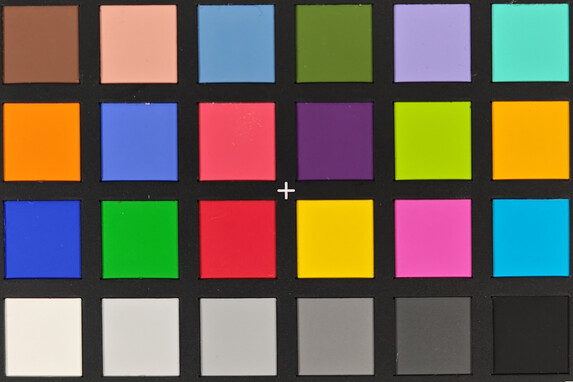
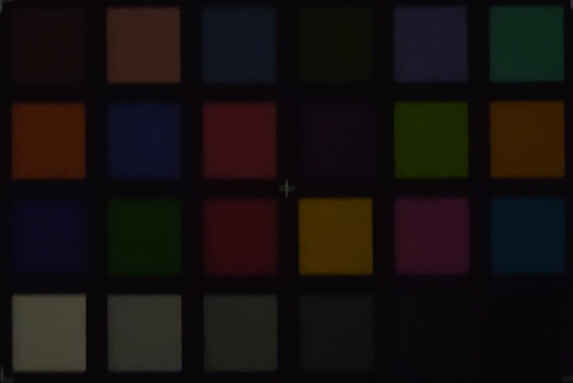
显示屏明亮的 OLED 显示屏,带高频 PWM
努比亚 Z70S Ultra 的 6.9 英寸 AMOLED 显示屏与其前代产品几乎完全相同。不过,它不是 LTPO 面板,这意味着 144 Hz 的刷新率最多只能降至 60 Hz。
在激活环境光传感器的纯白显示屏上,亮度平均为 1,393 cd/m²。在 HDR 模式下,如果缩小白色区域,我们测得的亮度可达 1,869 cd/m²。对于手动调节亮度的用户,最高亮度可达 644 cd/m²。
OLED 以恒定的 60 Hz 频率闪烁,显示出均匀的振幅曲线。我们还观察到高频 PWM 调光,其工作频率应该高达 2,160 Hz。在最低亮度下测得的频率略高。
闪烁引起投诉的可能性不大,但也不能完全排除。
| |||||||||||||||||||||||||
Brightness Distribution: 93 %
Center on Battery: 1388 cd/m²
Contrast: ∞:1 (Black: 0 cd/m²)
ΔE ColorChecker Calman: 2 | ∀{0.5-29.43 Ø4.79}
ΔE Greyscale Calman: 3.6 | ∀{0.09-98 Ø5}
95.3% sRGB (Calman 2D)
Gamma: 2.19
CCT: 6318 K
| Nubia Z70S Ultra AMOLED, 2688x1216, 6.9" | Google Pixel 9 Pro XL OLED, 2992x1344, 6.8" | Samsung Galaxy S25+ Dynamic AMOLED 2X, 3120x1440, 6.7" | Honor Magic7 Pro OLED, 2800x1280, 6.8" | |
|---|---|---|---|---|
| Screen | 53% | 3% | 34% | |
| Brightness middle (cd/m²) | 1388 | 2148 55% | 1371 -1% | 1607 16% |
| Brightness (cd/m²) | 1393 | 2050 47% | 1370 -2% | 1609 16% |
| Brightness Distribution (%) | 93 | 86 -8% | 96 3% | 95 2% |
| Black Level * (cd/m²) | ||||
| Colorchecker dE 2000 * | 2 | 0.5 75% | 2.7 -35% | 0.9 55% |
| Colorchecker dE 2000 max. * | 4.6 | 1.4 70% | 4.2 9% | 1.8 61% |
| Greyscale dE 2000 * | 3.6 | 0.8 78% | 2 44% | 1.7 53% |
| Gamma | 2.19 100% | 2.23 99% | 2.03 108% | 2.24 98% |
| CCT | 6318 103% | 6582 99% | 6450 101% | 6346 102% |
* ... smaller is better
| Display / APL18 Peak Brightness | |
| Google Pixel 9 Pro XL | |
| Samsung Galaxy S25+ | |
| Nubia Z70S Ultra | |
| Honor Magic7 Pro | |
| Display / HDR Peak Brightness | |
| Honor Magic7 Pro | |
| Samsung Galaxy S25+ | |
| Google Pixel 9 Pro XL | |
| Nubia Z70S Ultra | |
Screen Flickering / PWM (Pulse-Width Modulation)
| Screen flickering / PWM detected | 60 Hz Amplitude: 14.85 % Secondary Frequency: 2173 Hz | ||
The display backlight flickers at 60 Hz (worst case, e.g., utilizing PWM) . The frequency of 60 Hz is very low, so the flickering may cause eyestrain and headaches after extended use. In comparison: 53 % of all tested devices do not use PWM to dim the display. If PWM was detected, an average of 8152 (minimum: 5 - maximum: 343500) Hz was measured. | |||
固定缩放级别和不同亮度设置下的测量系列(最低亮度下的振幅曲线看起来很平,但这是缩放造成的。信息框显示的是最小亮度下的振幅放大图)
Display Response Times
| ↔ Response Time Black to White | ||
|---|---|---|
| 0.94 ms ... rise ↗ and fall ↘ combined | ↗ 0.4735 ms rise | |
| ↘ 0.4705 ms fall | ||
| The screen shows very fast response rates in our tests and should be very well suited for fast-paced gaming. In comparison, all tested devices range from 0.1 (minimum) to 240 (maximum) ms. » 3 % of all devices are better. This means that the measured response time is better than the average of all tested devices (20.3 ms). | ||
| ↔ Response Time 50% Grey to 80% Grey | ||
| 1.12 ms ... rise ↗ and fall ↘ combined | ↗ 0.4925 ms rise | |
| ↘ 0.6305 ms fall | ||
| The screen shows very fast response rates in our tests and should be very well suited for fast-paced gaming. In comparison, all tested devices range from 0.165 (minimum) to 636 (maximum) ms. » 4 % of all devices are better. This means that the measured response time is better than the average of all tested devices (31.7 ms). | ||
性能、排放和电池寿命放慢速度的骁龙 8 精英版
与 骁龙 8 精英SoC 和 12GB RAM,努比亚 Z70S Ultra 拥有测试时最强大的 SoC。在日常使用中,该系统的性能无可挑剔,但 GPU 和浏览器基准测试表明,Z70S Ultra 的性能没有达到预期。
这可能是散热管理不善造成的,因为智能手机在压力测试中温度极高。尽管 SoC 有时会大幅降速,但我们测得的表面温度仍略低于 54 °C。至少这次没有在相机镜头后面形成冷凝水。
努比亚智能手机的扬声器输出效果不错,但音量较大时听起来有些空洞。
6,600 mAh 电池保证了较长的续航时间。在将显示屏亮度调至 150 尼特的 WLAN 实际测试中,Z70S Ultra 取得了非常好的成绩。不过,考虑到电池的大小,我们认为它还可以提供更长的运行时间。
| Geekbench AI | |
| Single Precision TensorFlow NNAPI 1.2 | |
| Samsung Galaxy S25+ | |
| Honor Magic7 Pro | |
| Average of class Smartphone (51 - 2472, n=55, last 2 years) | |
| Average Qualcomm Snapdragon 8 Elite (255 - 738, n=15) | |
| Nubia Z70S Ultra | |
| Half Precision TensorFlow NNAPI 1.2 | |
| Average of class Smartphone (51 - 9453, n=55, last 2 years) | |
| Samsung Galaxy S25+ | |
| Honor Magic7 Pro | |
| Average Qualcomm Snapdragon 8 Elite (218 - 734, n=15) | |
| Nubia Z70S Ultra | |
| Quantized TensorFlow NNAPI 1.2 | |
| Average of class Smartphone (123 - 13084, n=55, last 2 years) | |
| Samsung Galaxy S25+ | |
| Honor Magic7 Pro | |
| Average Qualcomm Snapdragon 8 Elite (555 - 1708, n=15) | |
| Nubia Z70S Ultra | |
(-) The maximum temperature on the upper side is 53.7 °C / 129 F, compared to the average of 35.2 °C / 95 F, ranging from 21.9 to 247 °C for the class Smartphone.
(-) The bottom heats up to a maximum of 49.2 °C / 121 F, compared to the average of 34 °C / 93 F
(+) In idle usage, the average temperature for the upper side is 29.5 °C / 85 F, compared to the device average of 32.9 °C / 91 F.
3DMark Steel Nomad Stress Test
| 3DMark | |
| Wild Life Stress Test Stability | |
| Google Pixel 9 Pro XL | |
| Honor Magic7 Pro | |
| Samsung Galaxy S25+ | |
| Nubia Z70S Ultra | |
| Steel Nomad Light Stress Test Stability | |
| Nubia Z70S Ultra | |
| Google Pixel 9 Pro XL | |
| Honor Magic7 Pro | |
| Samsung Galaxy S25+ | |
Nubia Z70S Ultra audio analysis
(+) | speakers can play relatively loud (86.9 dB)
Bass 100 - 315 Hz
(-) | nearly no bass - on average 23.7% lower than median
(±) | linearity of bass is average (11.7% delta to prev. frequency)
Mids 400 - 2000 Hz
(±) | higher mids - on average 6% higher than median
(+) | mids are linear (6.9% delta to prev. frequency)
Highs 2 - 16 kHz
(±) | higher highs - on average 5.5% higher than median
(+) | highs are linear (5.7% delta to prev. frequency)
Overall 100 - 16.000 Hz
(±) | linearity of overall sound is average (18.8% difference to median)
Compared to same class
» 21% of all tested devices in this class were better, 10% similar, 69% worse
» The best had a delta of 11%, average was 35%, worst was 134%
Compared to all devices tested
» 42% of all tested devices were better, 8% similar, 50% worse
» The best had a delta of 4%, average was 24%, worst was 134%
Samsung Galaxy S25+ audio analysis
(+) | speakers can play relatively loud (90.9 dB)
Bass 100 - 315 Hz
(-) | nearly no bass - on average 18.3% lower than median
(+) | bass is linear (6.5% delta to prev. frequency)
Mids 400 - 2000 Hz
(±) | higher mids - on average 6.3% higher than median
(+) | mids are linear (5.2% delta to prev. frequency)
Highs 2 - 16 kHz
(±) | higher highs - on average 6.7% higher than median
(+) | highs are linear (4.6% delta to prev. frequency)
Overall 100 - 16.000 Hz
(±) | linearity of overall sound is average (16.8% difference to median)
Compared to same class
» 8% of all tested devices in this class were better, 7% similar, 85% worse
» The best had a delta of 11%, average was 35%, worst was 134%
Compared to all devices tested
» 28% of all tested devices were better, 7% similar, 64% worse
» The best had a delta of 4%, average was 24%, worst was 134%
| Battery runtime - WiFi v1.3 | |
| Nubia Z70S Ultra | |
| Google Pixel 9 Pro XL | |
| Samsung Galaxy S25+ | |
| Honor Magic7 Pro | |
Notebookcheck 对努比亚 Z70S Ultra 的总体印象
虽然努比亚 Z70S Ultra 是一款功能强大的智能手机,拥有与众不同的复古外观、良好的摄像头配置和超长的电池续航时间,但在更新和发热方面必须做出妥协。
Nubia Z70S Ultra
- 06/23/2025 v8
Daniel Schmidt
Potential competitors in comparison
Image | Model / Review | Price | Weight | Drive | Display |
|---|---|---|---|---|---|
| Nubia Z70S Ultra Qualcomm Snapdragon 8 Elite ⎘ Qualcomm Adreno 830 ⎘ 12 GB Memory, 256 GB | Amazon: 1. $10.99 Anbzsign [2+2 Pack for ZTE n... 2. $8.99 Anbzsign [2 Pack for ZTE nub... 3. $9.99 MOOISVS [2 Pack for ZTE nubi... List Price: 769€ | 228 g | 256 GB UFS 4.0 Flash | 6.85" 2688x1216 431 PPI AMOLED | |
| Google Pixel 9 Pro XL Google Tensor G4 ⎘ ARM Mali-G715 MP7 ⎘ 16 GB Memory, 256 GB | Amazon: 1. $909.98 Google Pixel 9 Pro XL - Unlo... 2. $899.00 Google Pixel 9 Pro XL - Unlo... 3. $9.99 OMOTON 3+2 Pack for Google P... List Price: 1299€ | 221 g | 256 GB UFS 3.1 Flash | 6.80" 2992x1344 482 PPI OLED | |
| Samsung Galaxy S25+ Qualcomm Snapdragon 8 Elite for Galaxy ⎘ Qualcomm Adreno 830 ⎘ 12 GB Memory, 256 GB | Amazon: 1. $7.98 firtstnow 3 Pack Glass Scree... 2. $7.98 firtstnow 3 Pack Glass Scree... 3. $17.99 SPIDERCASE Magnetic for Sams... List Price: 1149 Euro | 190 g | 256 GB UFS 4.0 Flash | 6.70" 3120x1440 513 PPI Dynamic AMOLED 2X | |
| Honor Magic7 Pro Qualcomm Snapdragon 8 Elite ⎘ Qualcomm Adreno 830 ⎘ 12 GB Memory, 512 GB | Amazon: 1. $11.99 Ibywind for Honor Magic7 Pro... 2. $9.99 Anbzsign (2+2 Pack) for Hono... 3. $16.88 teroxa Honor Magic 7 Pro Cas... List Price: 1300€ | 223 g | 512 GB UFS 4.0 Flash | 6.80" 2800x1280 453 PPI OLED |
Transparency
The selection of devices to be reviewed is made by our editorial team. The test sample was provided to the author as a loan by the manufacturer or retailer for the purpose of this review. The lender had no influence on this review, nor did the manufacturer receive a copy of this review before publication. There was no obligation to publish this review. As an independent media company, Notebookcheck is not subjected to the authority of manufacturers, retailers or publishers.
This is how Notebookcheck is testing
Every year, Notebookcheck independently reviews hundreds of laptops and smartphones using standardized procedures to ensure that all results are comparable. We have continuously developed our test methods for around 20 years and set industry standards in the process. In our test labs, high-quality measuring equipment is utilized by experienced technicians and editors. These tests involve a multi-stage validation process. Our complex rating system is based on hundreds of well-founded measurements and benchmarks, which maintains objectivity. Further information on our test methods can be found here.




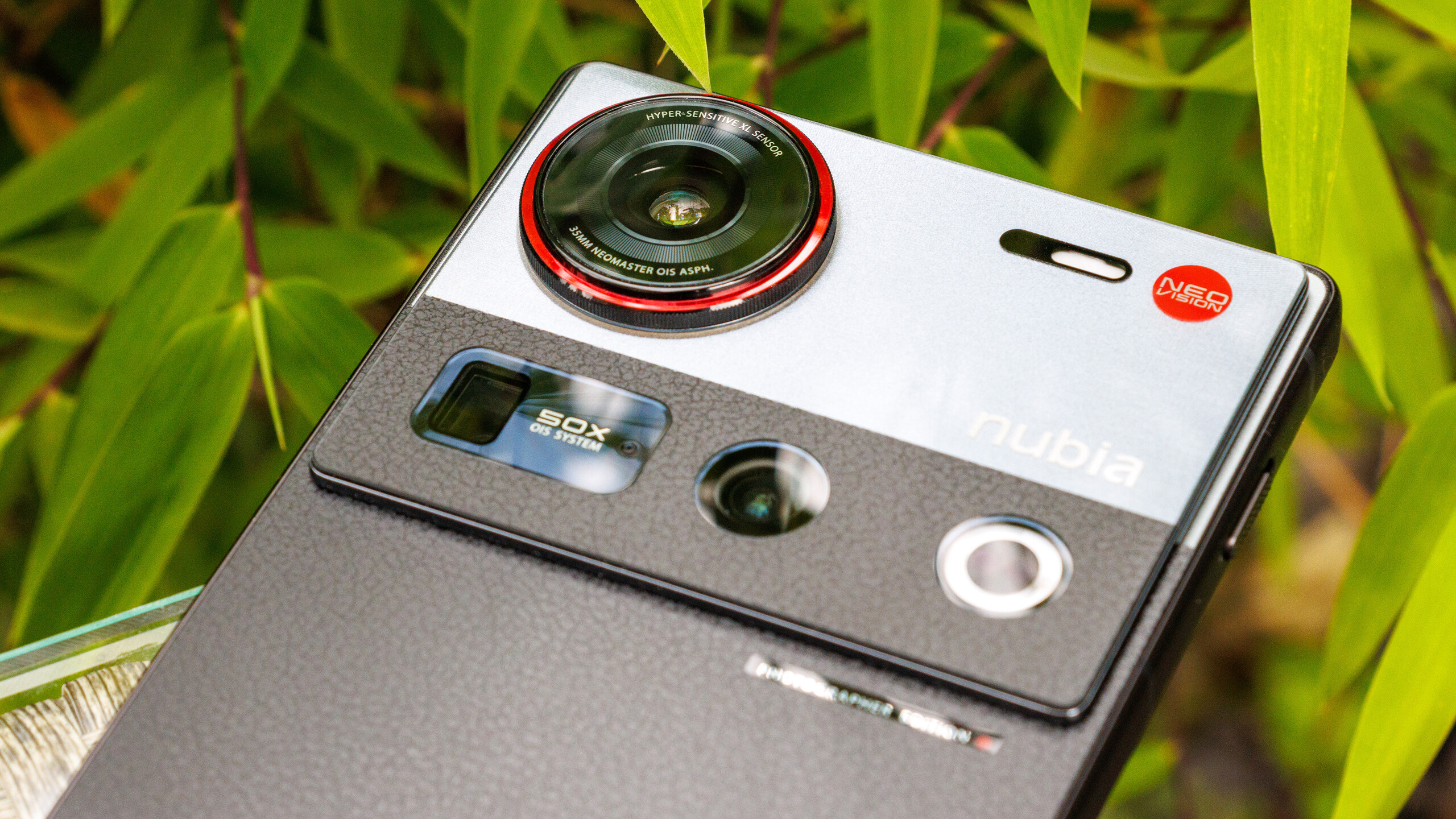

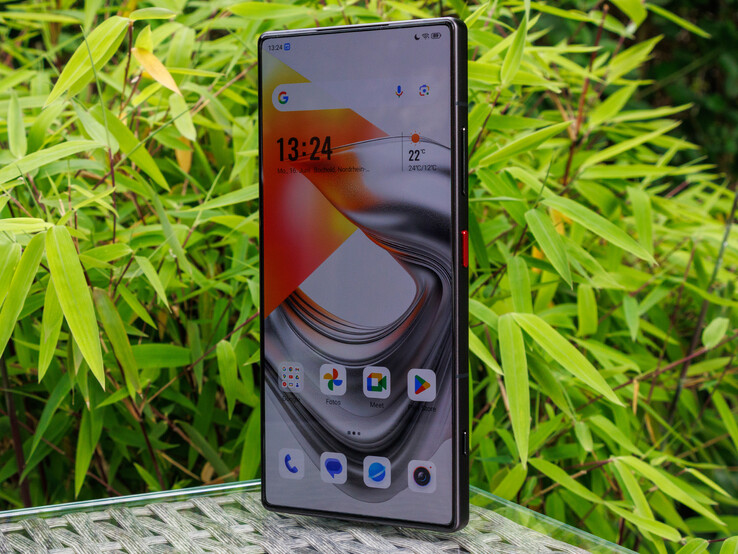





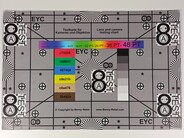

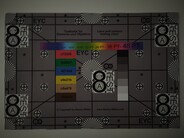

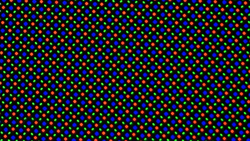






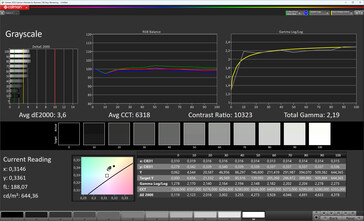
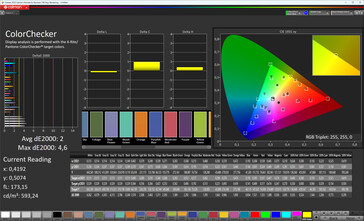
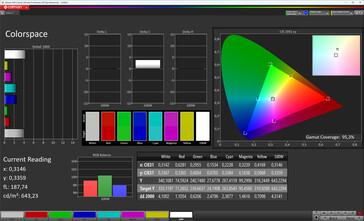

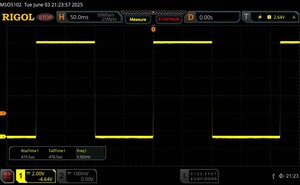
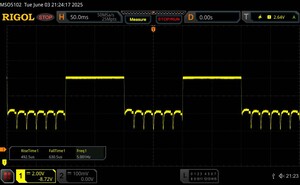
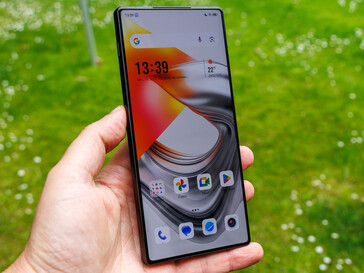
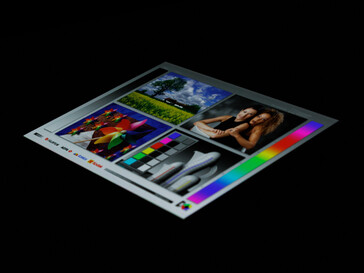
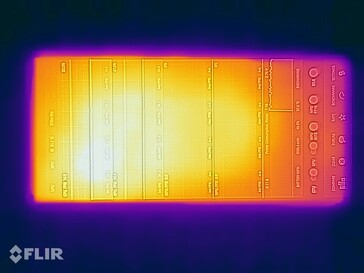
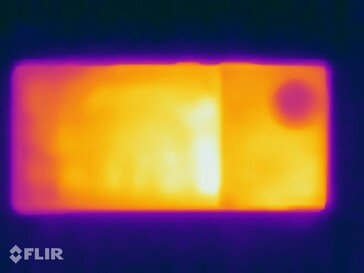
 Total Sustainability Score:
Total Sustainability Score: 










